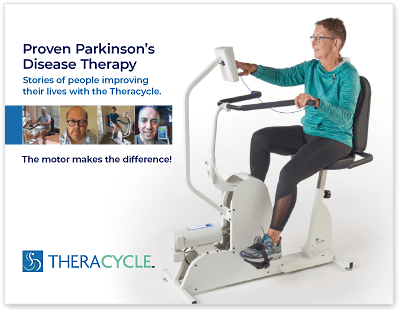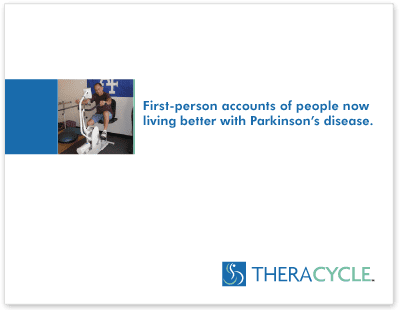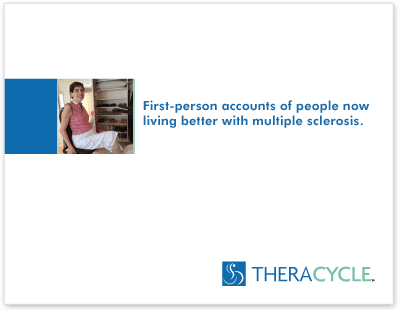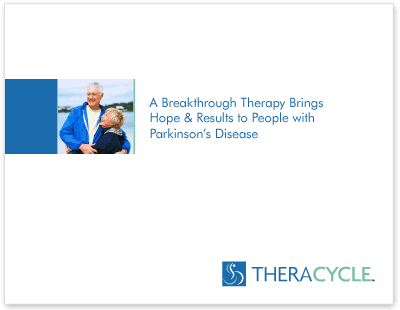- ›
- Resources
- ›
- Stress Reduction
Stress Reduction
Stress can play a role in the progression of Parkinson’s disease. Research suggests that stressful life events may increase the risk of Parkinson’s and make symptoms worse. Stress can cause dopamine-releasing neurons to be overly excited resulting in their premature death which can cause Parkinson’s disease for some people.
Stress management can help reduce symptoms such as tremors, rigidity, balance and cognitive impairment and can be an effective intervention to improve quality of life. There are several well-known stress management techniques and simple strategies to help manage stress which include breathing, meditation, mindfulness, tai chi and yoga.
Breathing
Controlled breathing is a powerful tool that can ease stress, lower blood pressure and create a relaxed state of mind. Breathing is therapeutic and releases tension.
There are several deep breathing techniques that can be both calming and energizing, including diaphragmatic breathing, box breathing and progressive muscle relaxation.
Meditation
Meditation is an ancient mind-body practice that has become a popular technique to increase calmness and relaxation. The goal of medication is to focus and quiet the mind. Neurologists have discovered that meditation can change brain function to control emotions and decrease stress. Research studies have examined meditation for various medical conditions and have found evidence that it can lower blood pressure, improve blood circulation, lower heart rate, decrease anxiety and produce more feelings of well-being and deep relaxation.
Tai Chi
Tai chi is a gentle Chinese martial art that is practiced for both its mental and physical health benefits. Originally developed for self-defense, tai chi is now more commonly used to create peace and calm. It is a series of slow, rhythmic and low-impact movements that cause minimal stress on the muscles and joints and create flexibility and balance. The benefits of tai chi may include improved mood, energy and stamina as well as reduce the risk of falls in older adults.
Yoga
Yoga is another ancient discipline, originating in India, that includes breath control, meditation and a series of physical postures to produce a state of peace and calm. It is a practice used to reduce stress, enhance relaxation, and increase physical activity. It can be worked into any lifestyle or schedule and be done in the privacy of your home or in a class. Scientific studies have been published on the health benefits of yoga and have demonstrated that it is a safe way to gain strength, flexibility and balance. There is even “chair” yoga, a gentle form of yoga that is practiced sitting on a chair or standing using a chair for support.
Under the guidance of your healthcare practitioner, try incorporating these stress-reducing practices in your life. Conversely, try to exclude those activities from your day that increase your stress levels. Or plan those stressful activities in a way to minimize the stress, for example, plan ahead, ask for help and build in extra time. Most importantly, do things you enjoy, make you happy, and help you relax and de-stress!
Summing up Holistic Health
Holistic health focuses on creating a positive state of well-being to enhance the body’s ability to heal while taking personal responsibility for one’s own health.
Holistic self-care wellness choices include diet and nutrition, exercise, stress management, and outlook. As you begin adjusting your lifestyle, consider what you eat, how you move your body, how you manage stress, and what attitude you choose to take. Make sure to discuss any lifestyle changes with your health care provider. You do have options!
Health is a state of complete physical, mental and social well-being, and not merely the absence of disease or infirmity.” World Health Organization, 1948







